Types and characteristics of Bolivian coffee beans
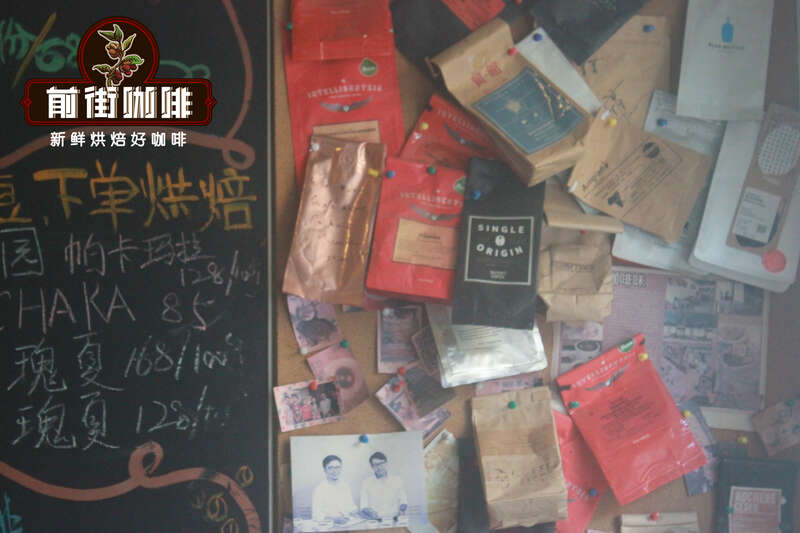
Professional coffee knowledge exchange more coffee bean information please follow the coffee workshop (Wechat official account cafe_style)
Speaking of Bolivian coffee, coffee fans may have rarely heard of it, but coffee fans who have tasted coffee in Qianjie must have noticed this Bolivian coffee. Qianjie thinks that this coffee bean coffee has a rich and unique aroma. From grinding to brewing, the floral aroma is very strong, similar to the mixture of flower and fruit aroma, which is impressive. So coffee fans in the store can't help but come up to know about it. Let's talk about Bolivian coffee in this article on Qianjie.
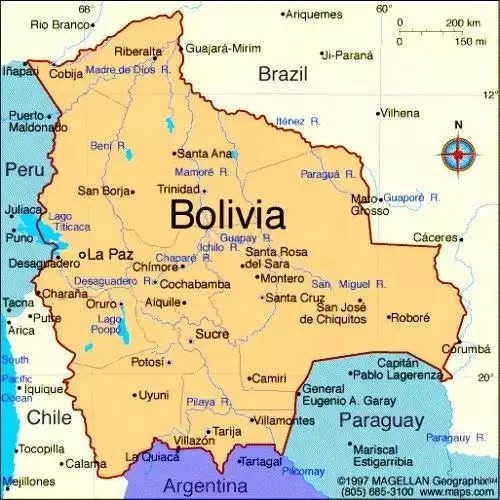
Conditions for coffee cultivation in Bolivia
Bolivia is a typical landlocked country, and its neighboring countries are Brazil and Colombia, which are rich in fine coffee beans. Bolivia is no exception to its geographical location, and the coffee quality must be very high quality. but even if it is a very potential coffee exporter, output has always been very scarce, and the reasons for the low production will be mentioned below in front of the street. At the same time, their planting technology is still quite backward compared with neighboring countries.
According to Qianjie reading materials, it is learned that Bolivia is dominated by plateau topography, with an average elevation of more than 3000m, which is the highest in the world. The east and northeast are mostly Amazon alluvial plains, accounting for about 60% of the country's area; the central part is a valley area, belonging to the eastern foothills of the Andes, where agriculture is developed, and many important cities are concentrated here; the west is Bolivia, with an average elevation of more than 1000 meters.
The eastern and central part of Bolivia has a savanna climate, with a transition from western mountain to subtropical climate, while the inland plateau has a mountain climate, so most areas have a dry and cool climate and rich annual rainfall, as mentioned in the previous article on Qianjie. High altitude and suitable climatic conditions are very suitable for the growth of high-quality coffee, so it is not difficult to know why the flavor of Bolivian coffee can be sweet and rich. Therefore, Qianjie introduced Bolivian coffee beans for coffee fans to taste.
History of Bolivian Coffee
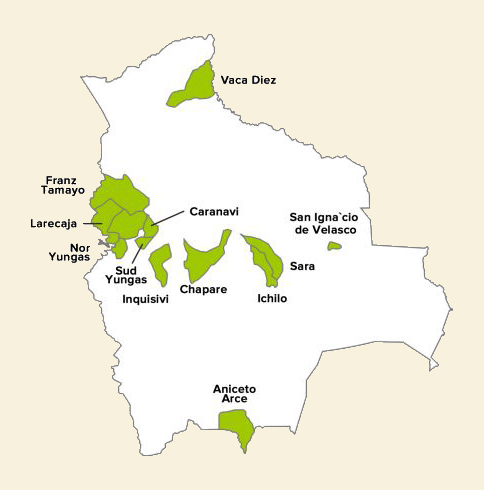
According to Qianjie inquiry, the origin of coffee in Bolivia can be traced back to 1880, when all production was basically related to the owners of some large farms north of the capital Balas.
In 1991, the Bolivian government promoted the indigenous people's plan to grow Bolivian coffee, but did not pay attention to the quality of the coffee. Because survival is the most important thing for coffee farmers in Bolivia, they prefer to grow coca leaves that are more valuable than coffee beans. At that time, it was legal to grow coca leaves in Bolivia, and its profit was four times that of coffee. And it is easier to grow, which has led many farmers to abandon coffee. Growing coca leaves requires the use of large amounts of chemical pesticides and fertilizers, which are so destructive to the soil that they become barren, making it impossible to grow crops.
Coffee was not briefly valued until early 2000, when the United States strongly supported Bolivian agriculture, but more people were willing to grow coca leaves, while relations between Bolivia and the United States gradually deteriorated, and many programs were not reactivated until Bolivia experienced the anti-drug war, and the COE Excellence Cup Coffee Competition was held with the support of the United States.
But according to Qianjie, Bolivia really became a small coffee producer only after the outbreak of leaf rust in 2013. Leaf rust is a mold that attacks coffee leaves, which prevents coffee leaves from photosynthesis, resulting in the necrosis of coffee trees. so in this year alone, Bolivia lost 50% of its coffee production. In other words, Bolivia has become a small coffee country because of coca leaf policy and leaf rust, which has reduced coffee production by 70% in the past decade.
But because its coffee flavor is really good, in order to prevent the loss of these good flavors, the Rodriguez family, one of the main force of Bolivian boutique coffee, began to help farmers improve the quality of coffee, thereby increasing profits, so the "tomorrow Sun" project was born.
And according to Qianjie, it is understood that the implementation of this plan has enabled them to give adequate technical guidance in seed selection, planting, picking, and so on, and to this end, large-scale treatment plants have been set up to help small farmers complete the treatment process and support subsequent sales, export and other services. as a result, it has greatly improved the enthusiasm and income level of small farmers, and guarded the plummeting Bolivian boutique coffee industry with practical actions. Therefore, in recent years, Bolivian coffee has attracted much attention from the boutique coffee market, and Qianjie is no exception.
Bolivian coffee producing areas
The most famous coffee producing areas in Bolivia are La Paz, Karanawi, Yongster and Inkihivi, of which Yonggas is the most famous. Let's briefly introduce this producing area in Qianjie.
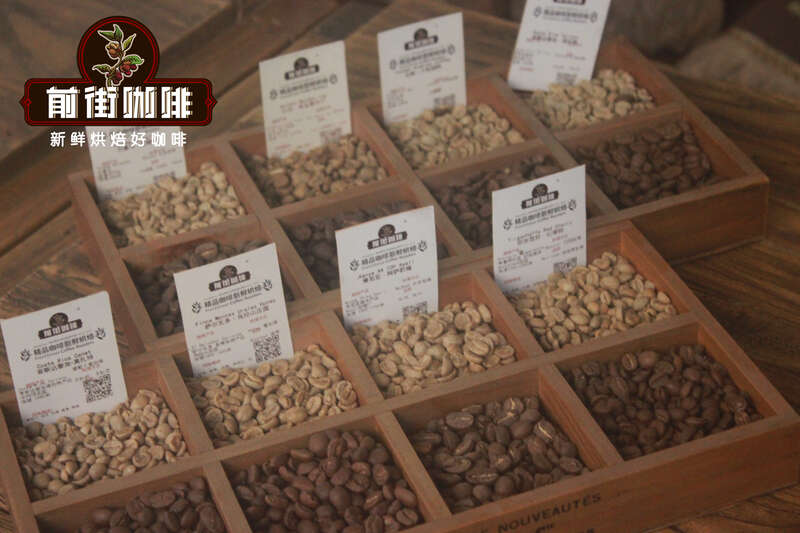
Yonggas
Yonggas, located in the Andean hills just east of La Paz, is a rugged agricultural area. The road to Yonggas is rugged and dangerous, making it difficult to transport coffee. But despite the above disadvantages in Qianjie, the coffee in this area is very unique because of its unique microclimate and incredible altitude. Finca Takesi, the highest coffee farm in the world, is also here, with an elevation of 2500 meters. As mentioned in the previous article on Qianjie, coffee produced at high altitudes usually has a deep and plump sweetness, soft citrus acidity and a succession of black fruit and berry flavors. Coffee produced at relatively low altitudes shows a balanced taste, excellent chocolate sweetness, soft acidity, and malt and dried fruit flavors.
Bolivian coffee bean varieties
Most of the coffee plants grown in Bolivia are iron pickup varieties, but there are also a small number of Kaddura varieties, and there is a special variety in Bolivia, that is, Java, and Qianjie this article mainly introduces this Bolivian Java coffee bean!
Java, which is called long bean locally in Bolivia, gets its name because of its long bean appearance. According to Qianjie, Java is a very interesting bean species, which is strongly related to Indonesia from its name. but in fact, Java was originally a coffee tree species born in the primeval forest of Ethiopia, collected by local peoples, and then spread to Indonesia through Yemen, where it was named Java. Coffee fans generally thought that Java was a variety of Tibica, but after genetic comparison, it was found that Java was actually a coffee variety from Ethiopia, Abyssinia.
Then the front street is about to introduce the following Bolivian Java coffee beans. This Java coffee bean is the one that tastes best through the test and comparison of several cups from Bolivia Java coffee beans.
Front street coffee Bolivian Java coffee beans
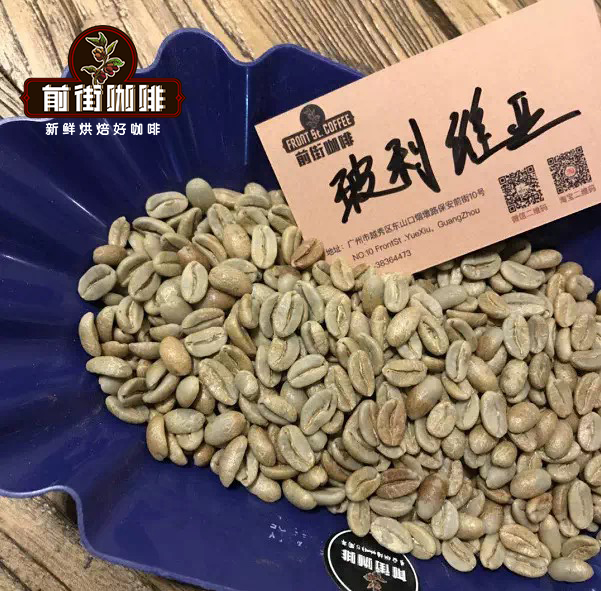
Country: Bolivia
Producing area: la Paz (Waliki Manor)
Altitude: 1600m
Variety: Java
Treatment: cocoa sun treatment
Flavor: grape, nut, slight floral aroma, honey, cream, fermented feeling
As mentioned above, the Qianjie coffee bean comes from Valiki Manor, which is located in the Polinda colony, which was once known as "Bolivia Linda" or "Beautiful Bolivia", about 10 kilometers outside the town of Karanawi in La Paz, Bolivia. Years later, the name was called Polinda for short, and it is now one of the larger settlements in the region. The estate is owned by the Rodriguez family, which owns a family business called Agricafe, so it produces coffee from its own estate and buys small, high-quality crops from small producers in the Yonggas area. Therefore, the technology in the production of coffee beans will be more mature.
Cocoa solarization treatment
This Java coffee bean is different from the traditional sun treatment mentioned in the previous article in front of the street, but has its own set of sun treatment.
According to Qianjie, it is understood that their operation process is mainly during the harvest season, the manor will hire pickers from the Polinda community to carefully select coffee fruits during the picking period. These pickers are trained to pick only ripe coffee fruit, and the manor picks the coffee fruit in stages during the harvest season to ensure that the coffee fruit is picked at the best maturity.
And the use of crates can ensure that the coffee will not be damaged during transportation, and can also keep the coffee fruit in good ventilation, thus preventing unnecessary early fermentation. Finally, after selection and weighing, the coffee fruit is washed carefully, dried on a raised African bed, and then turned every hour.
It took about a week to put the coffee fruit in the cocoa dryer. Because the cocoa dryer has never been used in the treatment of coffee beans before, Pedro of the Rodriguez family has been innovating and experimenting with different treatment techniques, and finally found that the cocoa dryer can slowly and continuously dry coffee beans at low temperatures, thereby reducing the impact of weather conditions. Therefore, the "cocoa solarization method" has been developed.
The coffee beans are placed in large steel buckets at a temperature of no more than 40 degrees Celsius for about 35 hours, flipping every 30 minutes. After choosing and weighing the coffee, wash it carefully, then put it on a raised African bed to dry and turn it over every hour. After the coffee is dried, it is transported to La Paz for rest, and then ground in La Luna, a drying plant in Agricafe. In this state-of-the-art factory, coffee is carefully shelled and sorted by machinery, as well as carefully sorted by hand under ultraviolet light and natural light.
Qianjie believes that it is the rigorous treatment process and good growth conditions that make this Bolivian Java coffee so excellent that it has to be supported.
The above are some relevant information and flavor characteristics of Bolivian Java coffee beans sorted out in front of the street, hoping to let coffee fans have a deeper understanding of Bolivian coffee.
For more boutique coffee beans, please add private Qianjie coffee on Wechat. WeChat account: kaixinguoguo0925
Important Notice :
前街咖啡 FrontStreet Coffee has moved to new addredd:
FrontStreet Coffee Address: 315,Donghua East Road,GuangZhou
Tel:020 38364473
- Prev
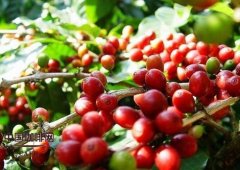
Salvadoran coffee is certified organic coffee boutique coffee
El Salvador (El Salvador) aroma 4 minutes brightness 4.5 minutes mellow 3 points flavor 4.5 points aftertaste 4.5 points suitable for baking degree: if City/Full city city has a preference for heavy flavor, you can bake it a little deeper. Most people think of El Salvador as a place with frequent wars, but it is true that years of civil war have made El Salvador's coffee
- Next
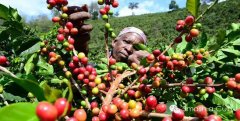
Brazil is the largest coffee producer in the world. Brazilian coffee.
Brazil (Brazil) aroma 3 minutes brightness 3.5 minutes mellow flavor 4 minutes aftertaste 4 points suitable for baking: City/Full city/Espresso used as Espressode beans should not be baked too deep, because the producing area is low altitude, the bean density is low, the pot under deep baking produces coke bitterness, it is best to start the pot before the second explosion. As for high-grade Brazilian beans, they can have a wider range of baking patterns.
Related
- Does Rose Summer choose Blue, Green or Red? Detailed explanation of Rose Summer Coffee plots and Classification in Panamanian Jade Manor
- What is the difference between the origin, producing area, processing plant, cooperative and manor of coffee beans?
- How fine does the espresso powder fit? how to grind the espresso?
- Sca coffee roasting degree color card coffee roasting degree 8 roasting color values what do you mean?
- The practice of lattes: how to make lattes at home
- Introduction to Indonesian Fine Coffee beans-- Java Coffee producing area of Indonesian Arabica Coffee
- How much will the flavor of light and medium roasted rose summer be expressed? What baking level is rose summer suitable for?
- Introduction to the characteristics of washing, sun-drying or wet-planing coffee commonly used in Mantenin, Indonesia
- Price characteristics of Arabica Coffee Bean Starbucks introduction to Manning Coffee Bean Taste producing area Variety Manor
- What is the authentic Yega flavor? What are the flavor characteristics of the really excellent Yejasuffi coffee beans?

